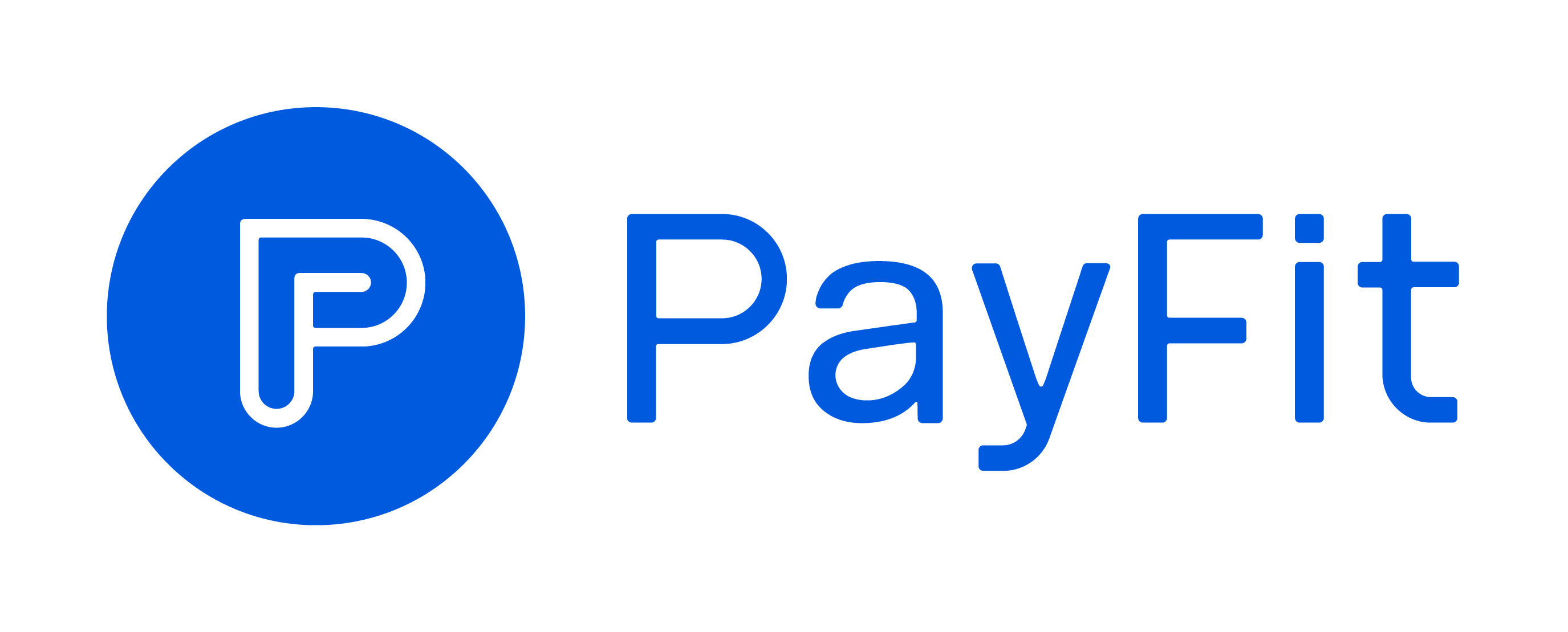A very good employee of long standing comes to you and asks if they can change the number of days they work each month. However, they want to keep their other existing contact terms. Do you:
- Agree right away. You want to keep them happy after all.
- Say no right away – even if it risks them leaving. If you agree to one employee – where will this end?
- Ask them if they wouldn’t prefer to go part-time? Gig working might suit both of you better.
Those of you up with the ins and outs of employment law will have the answer right away, of course. But this little quiz isn’t here to test your working knowledge of employment law.
There is, of course, a far more serious question being asked here. Not everyone is suited to being part of the interim or gig economy or even wants to take that route. Yet there are many in permanent employment who would like more flexibility and a greater choice in the options they have around both their terms of employment and their future career direction.
The question, therefore, is: what is your answer going to be when employees start to ask for changes like these in their terms and conditions?
Autonomy or anarchy?
In the previous articles in this ongoing series I’ve talked about autonomy. Once again, the fundamental driver of change is coming from those who are our present and future employees. They are the ones demanding, for a whole host of good, solid reasons, far, far greater flexibility and greater control of their own working lives without having to opt for the gig.
It’s not just a question of where, when and how often employees work.
This shift is posing questions about the fundamental relationship between the employers and employed, with some real soul searching on both sides needed to address those questions.
It’s not just employees asking for their cake and eating it, but then choosing the colour of the icing, lighting the sparklers on top, and posting photos of the confection they’ve created on their favourite social media sites.
As the struggle to recruit and retain top talent becomes tougher and tougher, we have to start to ask to just how far we are willing to travel to meet these expectations? How much autonomy can we give to retain the best talent? Is there a point where autonomy becomes anarchy? An uncontrolled race to offer the most flexible terms to make sure you’re first in the queue when that cake gets decorated?
How will you respond to greater expectations?
I can’t pretend for an instant that I have the immediate answers to all these conundrums, though I suspect that improved organisational design, aided by technology, may enable the changes we need to take place.
But meanwhile there is no doubt at all in my mind that we will, sooner rather than later, face some fundamental questions about just how face up to the implications which our opening quiz poses. Our multiple choice answers are tongue in cheek, of course. It may not be a simple dichotomy of autonomy or anarchy, but the answers, when they do come, could be far more complex and far less easy to laugh off.
Michael Esau is global HR advisor at SAP
To find out more about how technology and forward thinking you help you to answer the vital questions which your business needs to address, contact SAP.














